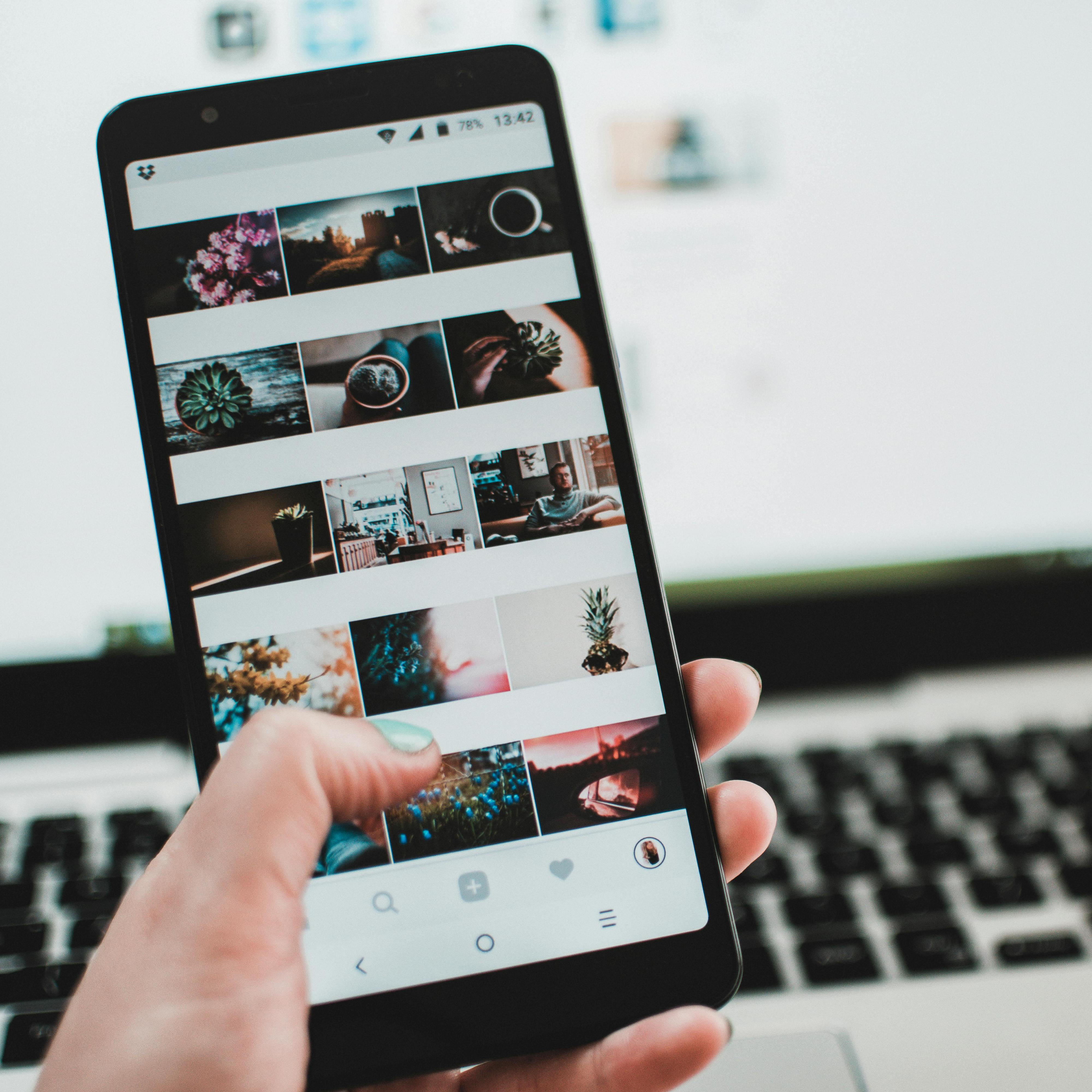How Emojis Can Boost Your App’s Engagement, Conversion, and Retention
According to Swyft Media, 41.5 billion messages and 6 billion emoticons are sent around the world every day on messaging apps.

We’ve previously written about successful tips on how to wireframe your app and how to figure out the least and crucial amount of things you need to be successful in developing your app, but what about what you actually need to include? We’ve developed a guide on the things you ought to including in your app rollout plan, in order to measure everything you should know on how users are using your apps and what improvements should be made.
In this article, we’re particularly focusing on the metrics you need to measure and figure out how you’re going to track user data and implement what you learn into future developments.
Before you can even measure metrics, you need to make sure you have the means with which to do so.
You’ll definitely want to make sure that you’re including a system through which you can track user data and usage to determine how they’re using their app. You’ll also need to determine what you’re going to want to use to find out how well you’re retaining your users.
Are you going to measure your metrics through how many people open your app on a daily basis? Weekly? About how many sign up for email alerts, push notifications, or your newsletter? If you want to include email alerts, then make sure you have the functionality for people to actually sign up for those emails. And remember – don’t force your users into signing up right off the bat. Have a milestone event they need to reach so you’re not immediately bombarding them with logins, requests, and too much information.
Some additional functions to include are geo-location tracking to figure out where your users are and how you can target them. Furthermore – keep it simple. Don’t focus on how many users click on the newsletter sign-up after using the app for 45 days, have had ten engagements with one part, and don’t use the menu navigation bar. Don’t make it overly complicated or convoluted. Simplicity is key.
This goes without saying, but track the reviews that you’re receiving – it will give you the chance to engage with your users, know where you’re lagging, and build trust with your end customer by showing that you’re paying attention to their feedback.
Give your users the chance to customize the way your app looks, feels, and some of the things that it does. Not only will this increase their engagement with the app by giving them some ownership and helping them feel more in control, but it will give you powerful insights into the kinds of people who use your app.
By allowing customization and by tracking that information, you can determine the kinds of people using your app, their behaviors, interests, locations, and preferences in regards to color schemes, app feel, and so on.
Allow them the chance to hook up their social media accounts so that they feel like your app is a larger part of their digital ecosystem and connected with everything else they use on a daily or weekly basis.
Also remember that your app is, in the end, on the phone. Know how users use their phones, when they use their phones, and what the experience of using a phone is even like. Don’t forget the swiping, touching, clicking – the tactile experience of the phone. Make it fun!
Customization allows for easier cohort analysis by being able to lump certain users into particular categories. You can’t necessarily track every single bit of information, but you can track users by the time of day they use the app, where they’re located, and what personalization features they’re most utilizing.
Don’t be discouraged if you don’t have many new users if you do have a significant amount of active users – they’re the ones who really matter. Track user data and figure out how the active users are utilizing your app. Is there a particular function they use every day? Is there a particular sign-up field they’re always passing over?
If they’re using your app mainly to record videos and not voice memos, pictures, or the messaging function, then pour your resources into better developing your video recording functions. Focus on what you’re good at – not the weaknesses you can so easily waste time and energy on – that is, unless developing that weakness will heighten user retention and get new customers.
Track how often, and when, users use your product. If it’s usually only during the night, then try to implement bug fixes and roll-out updates during the day so you’re not interfering with their usage.
Engaging with your user at every step of the way ensures that they keep coming back and that you build consumer trust and brand loyalty. You can’t figure out how best to engage with your users without first knowing what they don’t like, what they don’t click on, and what happens right before they decide to close the app.
Make sure you implement changes in the future that reflect these engagements. If there’s a particular part of your app that everyone is using and all other parts are being ignored, then that’s the one feature you’ll want to focus on developing moving forward.
Subscribe to our newsletter.

According to Swyft Media, 41.5 billion messages and 6 billion emoticons are sent around the world every day on messaging apps.

We humans like to think we have full control over what we do or don’t do. And while we can indeed make choices, things in our environment hold more...

Crowds were still clamoring at the doors of brick-and-mortar retailers on Black Friday this year, but the crowds were a bit thinner than usual. Many...